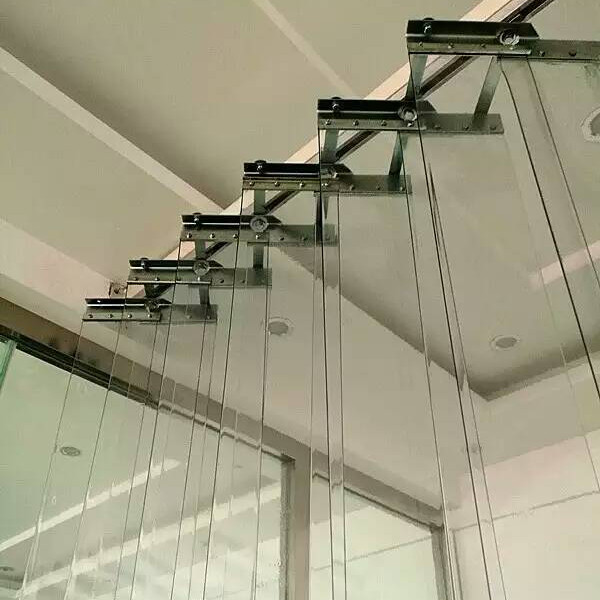- Afrikaans
- Albanian
- Amharic
- Arabic
- Armenian
- Azerbaijani
- Basque
- Belarusian
- Bengali
- Bosnian
- Bulgarian
- Catalan
- Cebuano
- Corsican
- Croatian
- Czech
- Danish
- Dutch
- English
- Esperanto
- Estonian
- Finnish
- French
- Frisian
- Galician
- Georgian
- German
- Greek
- Gujarati
- Haitian Creole
- hausa
- hawaiian
- Hebrew
- Hindi
- Miao
- Hungarian
- Icelandic
- igbo
- Indonesian
- irish
- Italian
- Japanese
- Javanese
- Kannada
- kazakh
- Khmer
- Rwandese
- Korean
- Kurdish
- Kyrgyz
- Lao
- Latin
- Latvian
- Lithuanian
- Luxembourgish
- Macedonian
- Malgashi
- Malay
- Malayalam
- Maltese
- Maori
- Marathi
- Mongolian
- Myanmar
- Nepali
- Norwegian
- Norwegian
- Occitan
- Pashto
- Persian
- Polish
- Portuguese
- Punjabi
- Romanian
- Russian
- Samoan
- Scottish Gaelic
- Serbian
- Sesotho
- Shona
- Sindhi
- Sinhala
- Slovak
- Slovenian
- Somali
- Spanish
- Sundanese
- Swahili
- Swedish
- Tagalog
- Tajik
- Tamil
- Tatar
- Telugu
- Thai
- Turkish
- Turkmen
- Ukrainian
- Urdu
- Uighur
- Uzbek
- Vietnamese
- Welsh
- Bantu
- Yiddish
- Yoruba
- Zulu
Choosing the Best Materials for Freezer Curtains to Enhance Efficiency and Insulation
Understanding Freezer Curtain Materials A Comprehensive Guide
When it comes to maintaining optimal conditions in cold storage areas, the choice of freezer curtain material plays a crucial role. Freezer curtains, often used in warehouses, restaurants, and food processing facilities, are essential for minimizing the loss of cold air and maintaining energy efficiency. This article will explore the various materials used in freezer curtains, their benefits, and their applications.
One of the most common materials for freezer curtains is PVC. This plastic material is favored for its durability and flexibility. PVC freezer curtains are designed to withstand extreme cold temperatures, making them ideal for walk-in freezers and refrigerated areas. They are also resistant to moisture, ensuring that they do not absorb water, which can lead to mold or mildew growth. Additionally, PVC curtains can come in various thicknesses and colors, allowing businesses to customize them according to their specific needs.
2. Vinyl
Similar to PVC, vinyl is another popular choice for freezer curtains. Vinyl is known for its excellent insulation properties, which help keep cold air in and warm air out. It also provides a clear view, allowing for visibility and safety in busy environments. Many vinyl freezer curtains feature anti-fog properties, preventing condensation from obscuring visibility. This feature is particularly important in high-traffic areas where safe navigation is a priority.
3. Polyethylene
freezer curtain material

Polyethylene is another viable option for freezer curtains. This material is lightweight and cost-effective, making it suitable for businesses looking to save on costs without compromising quality. Polyethylene curtains offer good thermal insulation and can be easily installed and replaced. However, they may not be as durable as PVC or vinyl, so their longevity in harsh conditions may be limited.
4. Insulated Curtains
For facilities that require extra protection from temperature fluctuations, insulated curtains are a great choice. These curtains typically consist of multiple layers of material, often incorporating foam insulation. Insulated freezer curtains are designed to reduce air exchange between cold storage areas and the external environment, providing superior energy efficiency. While the initial investment may be higher, the long-term savings on energy costs can make insulated options worthwhile.
5. Custom Solutions
Many manufacturers now offer custom solutions to meet specific operational needs. Whether it is size, thickness, or color, businesses can design freezer curtains that fit their unique spaces and conditions. Custom curtains can also include features like magnetic edges for easy access and mobility, enhancing usability without sacrificing performance.
Conclusion
Selecting the right freezer curtain material is integral to maintaining the efficiency of cold storage environments. By understanding the strengths and weaknesses of various materials such as PVC, vinyl, polyethylene, and insulated options, businesses can make informed decisions that enhance their operations. Properly installed and chosen curtains not only improve energy efficiency by limiting cold air loss but also contribute to food safety by maintaining ideal temperatures in perishable storage areas. Investing in quality freezer curtains is an investment in operational efficiency and sustainability.
-
Industrial Strip Curtains - Durable PVC & Plastic Solutions for Industrial DoorsNewsJun.24,2025
-
PVC Curtain Strip – Durable Standard PVC Strips for DoorsNewsJun.10,2025
-
PVC Strip Curtain – Durable & Transparent Plastic Strips for Industrial Use Affordable PricesNewsJun.10,2025
-
Clear Plastic Door Curtains Durable & Insulating VisibilityNewsJun.09,2025
-
Commercial Strip Curtains Energy Savings & Durability for Industrial UseNewsJun.09,2025
-
Anti-Cold PVC Strip Curtains Thermal Insulation & Energy Saving SolutionsNewsJun.09,2025



